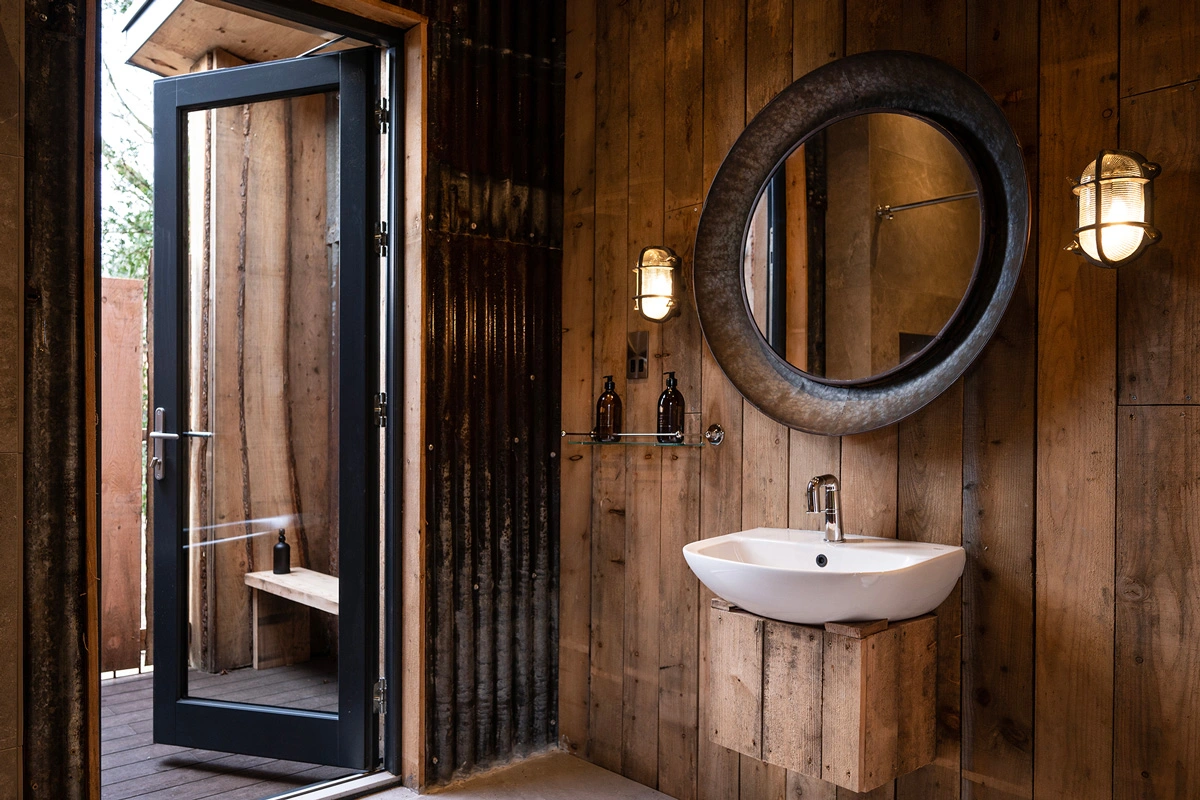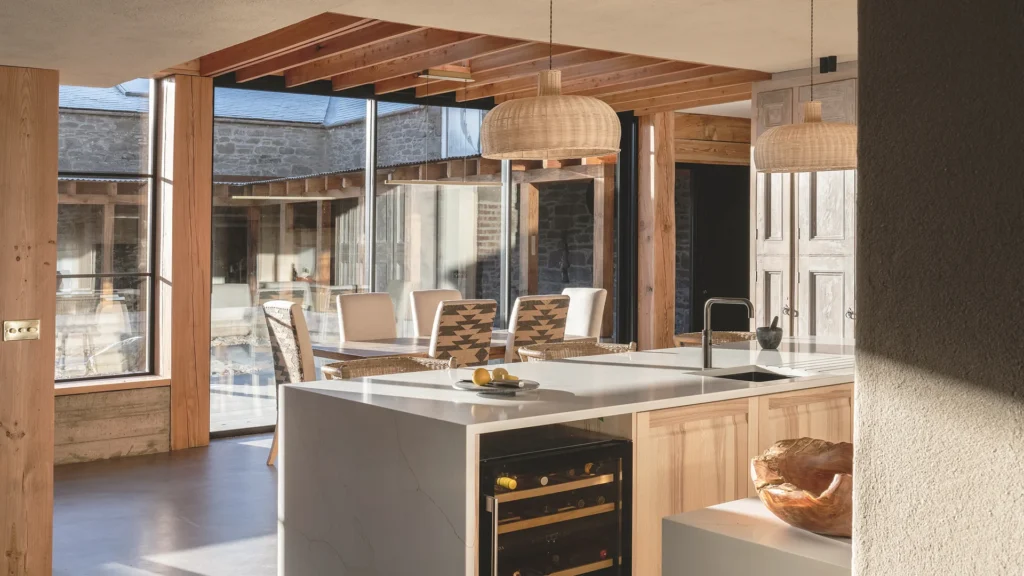We are all aware of the impacts of our throw away culture and the importance of recycling. This is particularly true of the design and construction sector where the temptation in our increasingly visually motivated world is to renew and replace. It’s all very well acknowledging this point but how do we actually ensure we achieve results? There is no silver bullet here and there are many elements that have to be considered. Issues such as recycling of concrete, structural timber, insulation and roofing materials are progressing and remain some of the larger challenges. However, with a bit of careful planning ahead there are many ways to incorporate other recycled elements into projects weather in a refurbishment or a new build.
Design it in
In the fast-paced process of construction, decisions are made quickly and there isn’t often time for a great deal of reflection and consideration. The temptation therefore is to choose the path of least resistance during works which often means conventional materials or a continuation of standard details. The design process ahead of works give more time for reflection and consideration. Your site may have a few obvious elements for reuse; some old cut stone, floorboards to be removed or some old scrap metal pieces lying around. Or it may be that you have no obvious materials, but you would like reuse where possible. In either event, it helps to account for them in the building design as it develops. There are some more obvious areas such as transition spaces; doorways, hallways, staircases or a cloakroom or boot room that lend themselves to the use of smaller quantities of interesting materials or objects. Carefully planned, some less obvious areas such as garden areas, bedrooms, kitchen storage or large walls, can offer a building a feeling of unique character so often sought but rarely achieved. Identifying areas in your building that might work for something a little different is the first step. As a design comes together, it becomes apparent where more subtle references will help and where bolder statements too will bring something to the table. Highlight these areas on the plans and detail what you plan to incorporate or simply note that you’d like to source something to go there. Once this first step is taken, it becomes part of the process and is less easily forgotten as plans develop.


Save and Salvage
Most sites will have something interesting or useful that without some prior thought, might easily end up in landfill. Refurbishments typically have abundant opportunities. There is good sense in taking some time to go round your sight and really focus on what might be worth keeping. Be ambitious and creative, try and create an extensive list of things that might work. Once you have a list of things to set aside, you are halfway there. You can then give your contractors a clear and definitive list of items to set aside. It’s even worth accounting for this in your works schedule. It’s far easier for contractors to have this planned and accounted for ahead of starting works than to try and negotiate it once works are underway and time pressure mounts. Identify a place to keep things aside on site. Once it is there and set aside you can review further weather you really can use them otherwise give them away or send for recycling.


Timeless materials
Certain materials have a timeless quality. Timber, stone, marble, slate, clay, brass and brick are a few examples. Many of them should never be discarded as they can endlessly be reused over many lifetimes. Weather on view as a focal piece or simply structurally incorporated out of site these are always worth considering. Timeless materials give a real feel thought and honesty to a project and rarely fail to contribute their value. Paving stones are a great example of this, most gardens have paving, and it’s usually totally overlooked and the first thing to go out. But why? They can easily be lifted and set aside with minimal damage. Most common forms of paving are also readily available so extras can be easily obtained if needed. The already weathered look is also far more appealing and something you cannot pick up in a builders merchant. Timber beams are in the same class. Keep them and use them wherever you can.

Fittings and Fixtures
Incorporating historic fixtures is nothing new, indeed many of the older generations balk at the prospect of replacing a bathroom basin or a light fitting if it’s still in working order. How right they are. However, we have lived through a period of very short-sighted engineering and many products installed over the last 50 years just do not have the longevity they should have or were designed for a way of living that no longer exists. Light fittings for example have moved on greatly in energy efficiency and older fittings are simply too costly to run or unsafe. A few gems however can always be found! Good quality brassware and ceramics are a great find. Salvage yards across the country have great stock of these and a statement piece added in the right area can really add charm at a fraction of the cost of a new purchase. Door hardware, doors themselves, fireplaces, shelves and chandeliers are all worth exploring.



